11 surprisingly filthy items you forget to clean
Even the tidiest among us often miss these sneaky grime traps – how many are you guilty of neglecting?
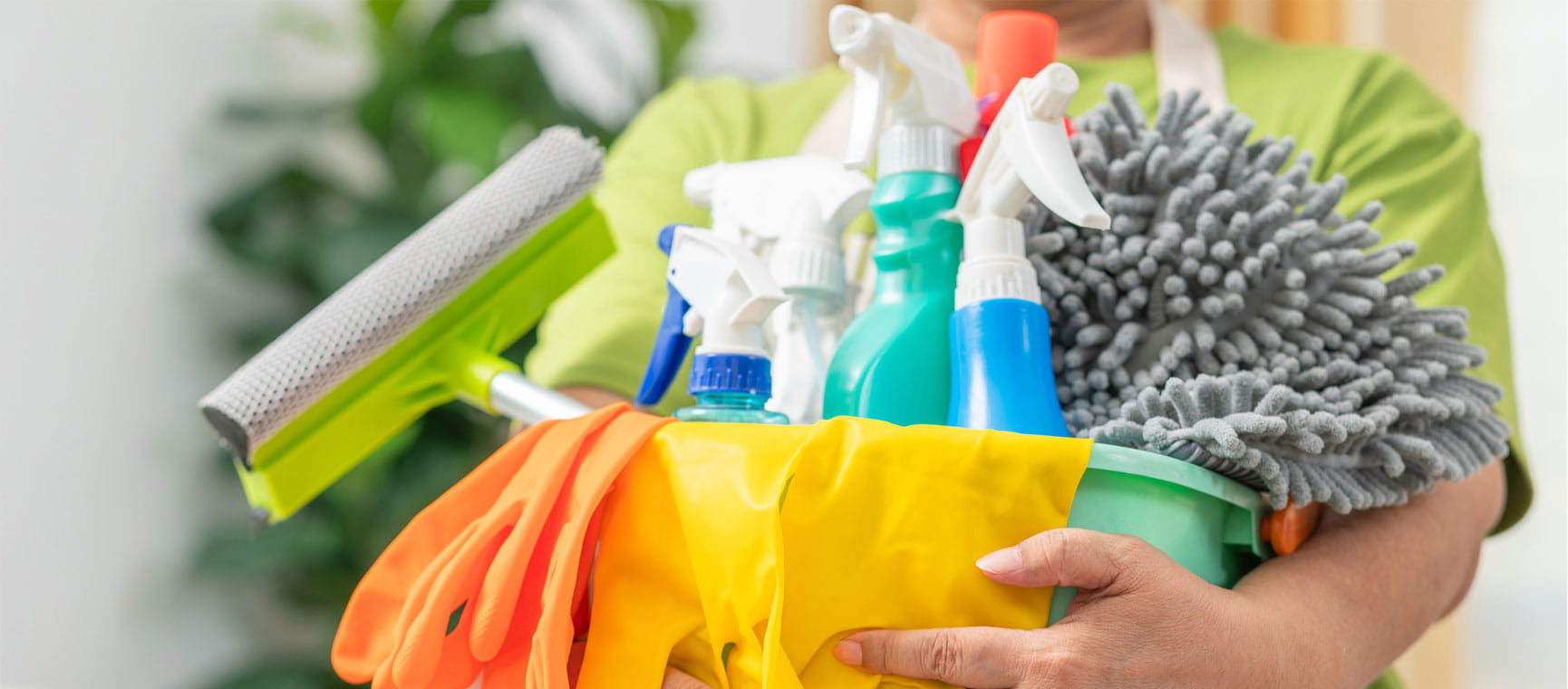
Even the tidiest among us often miss these sneaky grime traps – how many are you guilty of neglecting?

Think your home is spotless? Even if you swear that you’re on top of the housework, there are plenty of places where dirt, dust, and bacteria love to hide.
While you’re busy wiping down worktops, scrubbing sinks and vacuuming floors, other items are quietly collecting grime over time – often in plain sight.
The good news? Once you know where to look, tackling them is easy — and your home (and health) will thank you for it.
We’ve consulted with a host of experts, including TV presenter and Queen of Clean Lynsey Crombie, to identify potential culprits and learn the best ways to fight the filth. So grab your cleaning kit and let’s get cracking.
“Everyone touches it daily, yet the TV remote rarely makes it onto cleaning lists,” says Crombie. “It’s one of the dirtiest household items, harbouring bacteria, oils, and food residue from constant handling.”
But how often should we clean off this harbinger of nasties? More often than you might think, if you follow Crombie’s recommendation. “Once a week, remove the batteries and use a microfibre cloth sprayed lightly with disinfectant or rubbing alcohol,” she says.
“Never spray directly onto the remote. Use a cotton bud to get between the buttons, and wipe the back and sides where hands tend to rest.”
In new research by household care brand Astonish, a shocking 73% of Brits admit that they have never washed or cleaned their work bags. Worse, 79% revealed they have never cleaned their gym bags, even though the sweaty kit and damp towels they usually contain offer the ideal breeding ground for bacteria.
“With items like our work bags, we’re essentially transporting bacteria from place to place if we don’t clean them, in the form of dirt, food crumbs and germs from public transport and office floors,” says Olivia Young, cleaning expert and product development scientist at Astonish.
Young advises that our bags should be getting cleaned at least once a week. “Use an antibacterial spray inside and out and let them dry,” says Young. “If the bags are fabric, you can also more than likely pop them in the washing machine once a month – just make sure you refer to the care label instructions.”

Sarah Dempsey, cleaning expert at My Job Quote, believes that while most people clean their rugs and carpets at least once a week, doormats are commonly neglected because they sit away from the main part of the home.
“But not cleaning them regularly means that the loose dirt they capture is then easily be transferred to the rest of the floor,” she says. “And damp, muddy doormats can become smelly and mouldy.”
She suggests giving doormats a weekly clean when you have the vacuum out. “They can also benefit from a deeper clean every one to two months, depending on the time of year and how dirty they are,” Dempsey says.
“To clean a doormat, start by giving it a thorough vacuum or a good shake outside to remove as much loose dirt and grit as possible. Then to help remove bacteria and light stains from coir mats, sprinkle with bicarb of soda and gently brush it into the fibres. Once this has been given an hour or so to do its work, vacuum again to remove the powder and remaining dirt.
“Some fabric doormats are machine washable, so check for a label and follow the instructions,” says Dempsey.
“For other doormats, the easiest way to clean them is to take them outside and hose them down.
“If you can, hang your doormat up on a washing line and use your garden hose on a low pressure to hose it down. Start from the top and work down, so you push the dirt out rather than move it around the surface of the mat. Then, simply leave the mat to drip dry in the sun. Once it’s completely dry, you can pop it back by your door.”
It’s best not to use chemical cleaners on coir mats as this can discolour them and will remove their protective oils. “However, it’s fine to use a mild detergent on most fabric and rubber mats if water alone doesn’t do the job,” says Dempsey.
“After hosing, take a bucket of soapy water and a brush, and scrub from top to bottom. Then, rinse off the suds with your hose and leave to dry.”
While it may make sense to clean handbags and gym bags, cheap shopping bags might not warrant the same attention. Yet it’s still important to deal with dirty bags for hygiene reasons. “They get tossed in the car or cupboard after every shop, carrying germs from checkout counters and food spills, yet they rarely get washed,” Lynsey Crombie points out.
In many of our households, shopping bags aren’t just used for food either. Everything from wet anoraks to Vinted parcels to plants can find themselves bundled into bags for life on a weekly basis.
Crombie suggests washing reusable fabric bags weekly or after every few uses. “Most canvas or cotton bags can go straight in the washing machine at 30°C, while plastic-lined ones can be wiped down with hot soapy water or disinfectant spray,” she says. “Keeping a few clean spares ensures you always have a fresh one ready for your next trip.”
Even if you give the front of them a wipe every once in a while, radiator grilles are notorious for clinging on to dust and dirt that’s not always seen. “Radiators are easy to forget, tucked behind sofas and never really looking ‘dirty’ until winter arrives,” says Catherine Green, cleaning expert at eco cleaning brand Smol.
“A quick vacuum before heating season and a light tidy once a month during use will keep things working more efficiently.”
To tackle your grilles, Green says to start by turning the heating off and letting the radiator cool. “Then use your vacuum’s brush head over the front grill to suck up loose dust,” she says. “Next, slide a radiator brush or a long-handled duster between the fins and pull out trapped fluff.”
Green has an extra tip, and that’s to use a hairdryer to dislodge any debris that won’t otherwise come out.
A damp cotton cloth can then be used to wipe the back of the radiator – or a mild detergent if it’s really greasy. Finally, dry with a cloth and turn your heating back on.

Lots of the experts we consulted mentioned the shower head as an item we forget to clean. “The grime hides within the nozzle, which is why it’s so easy to overlook,” says David Marquardt, CEO at The Steam Team. “But over time, limescale and bacteria build up inside, blocking water flow and spreading germs every time it’s used.”
“The simplest and safest way to banish limescale from your shower head is with a household essential you probably already have at home – soap,” says Martyn Brown, technical expert at Triton Showers. “Just fill a bowl or sink with warm water, add a teaspoon of washing-up liquid or lather up with a bar of soap, submerge the shower head for a couple of minutes and gently wipe away grime with a soft cloth.
“There is no need for pricey cleaning products or harsh chemicals – this simple trick removes surface build-up without damaging the finish of your shower head. Avoid abrasive sponges or strong chemicals, as they can wear down the surface and even invalidate your shower’s guarantee.”
Use the right vinegar! “Vinegar is the number-one natural cleaning product, making it an effective and affordable shower head cleaner,” says Kerry Hale, cleaning expert at Mira Showers.
“However, malt vinegar isn’t particularly effective and brown vinegar may stain, so white distilled vinegar is best when cleaning limescale."
Various parts of kitchen and laundry appliances could be suggested here – for example, fridge door seals and tumble dryer lint drawers. But the washing machine is one of the worst offenders. “We assume the washing machine cleans itself but in reality, detergent residue, fabric softener, and dampness make the drawer a breeding ground for mould and bacteria,” warns Lynsey Crombie.
To clean it, Crombie recommends removing the drawer completely once a month. “Soak it in warm, soapy water with a splash of white vinegar, then scrub inside the cavity with an old toothbrush to remove built-up grime,” she explains.
“Pop back and then finish with a quick machine cycle on hot (60°C) using a specialist washing machine cleaner or a cup of white vinegar to keep the drum fresh and odour free.”
Looking for more cleaning tips?
Crombie’s best-selling book The 15 Minute Clean is designed to make your chores less overwhelming, and will help ensure you don’t forget filthily items that could otherwise fester. RRP: £14.99 (Wellback) Amazon.

The next time you put your smartwatch on charge, or remove your wristwatch for the night, give the strap a sniff and you may be unpleasantly surprised.
“If you wear a watch every day and don’t regularly clean it, especially if you exercise while wearing it, your accessory is gathering bacteria and grime from being exposed to both sweat and dirt,” says Young. Not to mention it starts to smell.
“If it’s leather, clean it with a damp cloth and leather cleaner,” says Young.
“For metal or silicone straps, a quick scrub with warm soapy water and a soft brush, such as an old toothbrush, will work wonders.”
Looking for a leather cleaner that’s suitable for watch straps? Try Renapur Leather Balsam, £14.99, Amazon.
Like remote controls, light switches are often forgotten when cleaning, even though they’re handled constantly by everyone in the house.
“Most people don’t realise how much bacteria builds up on them because they blend into the background and appear clean,” says Henrique Conceição, area manager of commercial cleaning company Total Clean.
“These surfaces easily spread germs between family members, especially during cold and flu season.”
“A quick weekly wipe with disinfectant wipes or a microfibre cloth lightly sprayed with cleaning solution is enough to keep them hygienic without damaging the surface,” he adds. This pack of 8 Spontex Microfibre Cloths, £5.89 at Amazon should do the job.
Bathroom extractor fans are typically designed to be discreet with a low profile and a neat cover, and are installed high up on the wall or on the ceiling. It’s easy to forget they’re there. However, they should be cleaned every month to prevent clogging and keep them running efficiently and effectively, as Sarah Dempsey points out.
“When cleaning an extractor fan, the most important step is to switch it off first,” she says. “You can do this via the fan’s isolation switch or by isolating the circuit on your consumer unit.”
If you can consult the instruction manual for cleaning advice, do so. “However, in most cases, you simply remove the fan’s cover by undoing the clips, catches or screws,” Dempsey suggests. “Once you’ve removed this, pop it into a bucket of warm, soapy water and clean with a soft cloth. Then, use a dry microfibre cloth or an old towel to dry it off thoroughly”.
“With the cover removed, it should be easy to access the fan blades. This is where the majority of dust and dirt tends to collect,” she adds. “You can clean the surface of the blades using your vacuum cleaner’s brush attachment. If this isn’t practical, use a damp cloth or soft brush to wipe the blades clean. Then, all you need to do is replace the cover and turn the power back on.”
While a lot of us are probably aware we should clean our mattresses, the perceived hassle of doing so means they are often left untouched for years. And all the while dust mites and other nasties are thriving. In fact, a recent survey by Bensons for Beds found that one in four Brits don’t know that their mattress needs to be cleaned regularly.
“Generally, it’s recommended that we clean our mattress once every six months,” says Rebecca Mayes of mattress company Harrison Spinks.
“For a deep clean, use gentle, bleach-free, unscented laundry powder, or washing-up liquid mixed with a small amount of water. Blot this onto any marks, and then apply a thin layer of bicarbonate of soda across the entire mattress to neutralise odours. Leave this for a few hours then clean it off with a soft brush, which will also effectively remove dust from your mattress.”
Bensons for Beds head buyer Rachel Marshall advises brushing the surface using small, circular motions with a soft handheld brush every week when you change the sheets.
“This will help to make sure that all the dust, dirt, dead skin and hair is lifted,” Marshall says. “Some experts recommend using a vacuum cleaner to do this, however using a vacuum cleaner on a mattress has the potential to disturb the fillings, so I wouldn’t recommend it.”
Amy Cutmore has been writing about interiors for more than 20 years, harking back to the days when glossy red kitchens, toile de Jouy and rag rugs were all the rage, and everyone wanted a Changing Rooms makeover. You’ll have seen Amy’s work at Britain’s biggest homes titles, including Ideal Home, where she served as Consumer, Technology and Group Digital Editor. She has also edited or written for Homes & Gardens, Livingetc, 25 Beautiful Homes, Real Homes, Gardeningetc, Inside Readers’ Homes, Inspirations for Your Home, Country House & Home, Top Ten Reviews, Trusted Reviews and Country Life.
View author page

Provided by Tembo
Find out all you want to know about mortgages with expert advice.

Whether you're looking for straightforward insurance or cover that's packed with extras, our home insurance has plenty of options for people over 50.
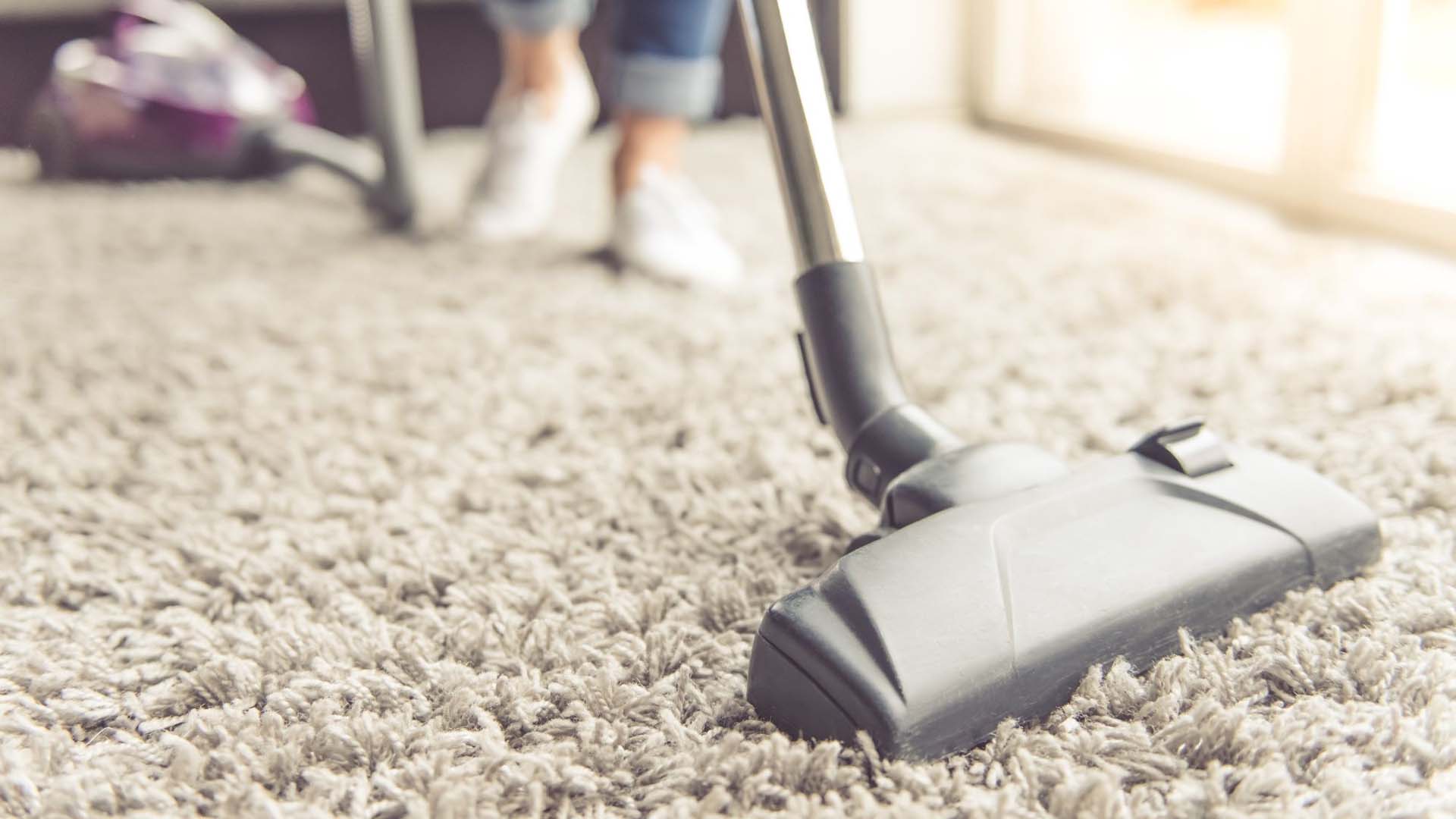
Learn how to avoid the most common vacuuming mistakes to ensure that your floors are spotless and free from allergens.
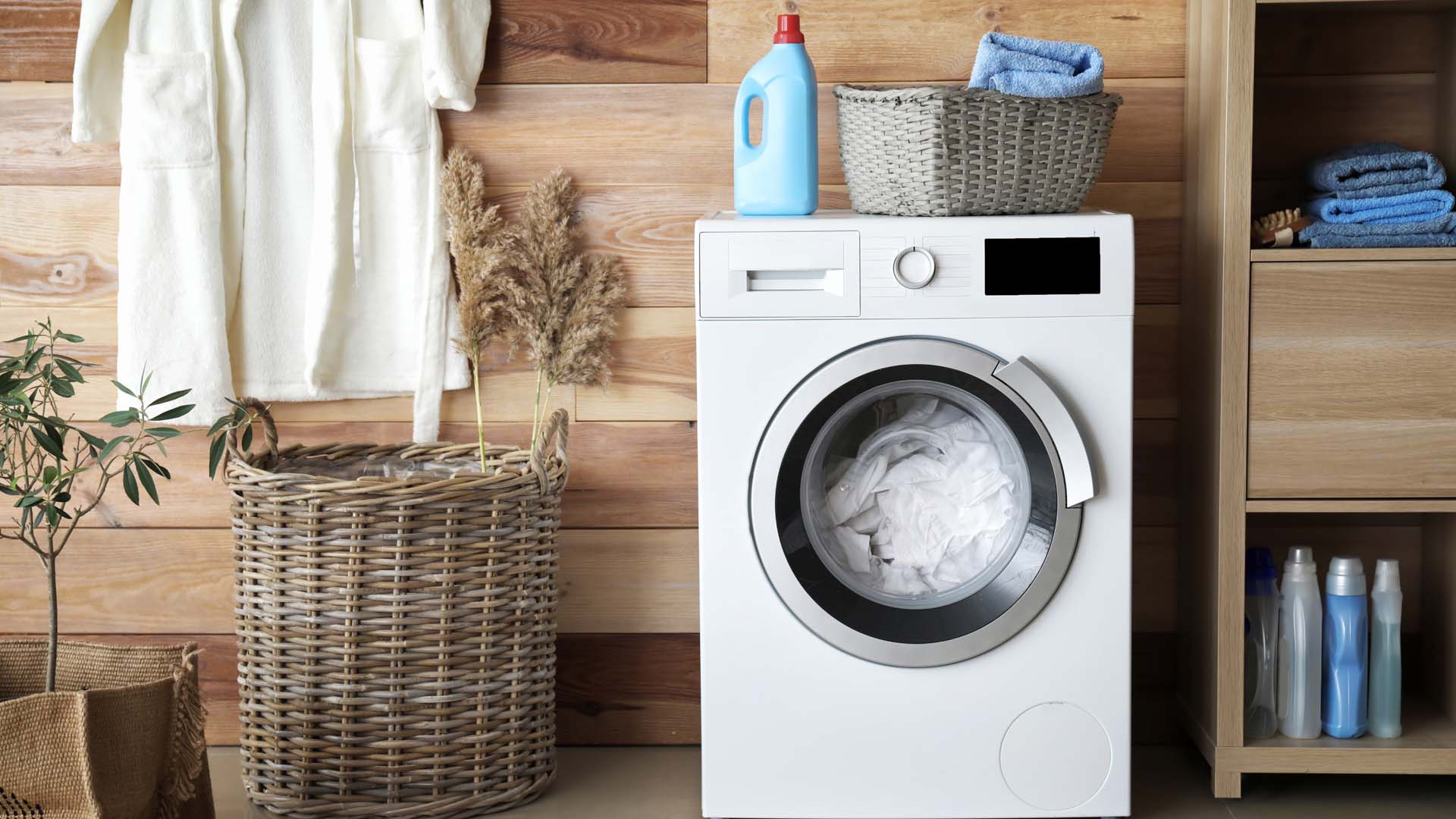
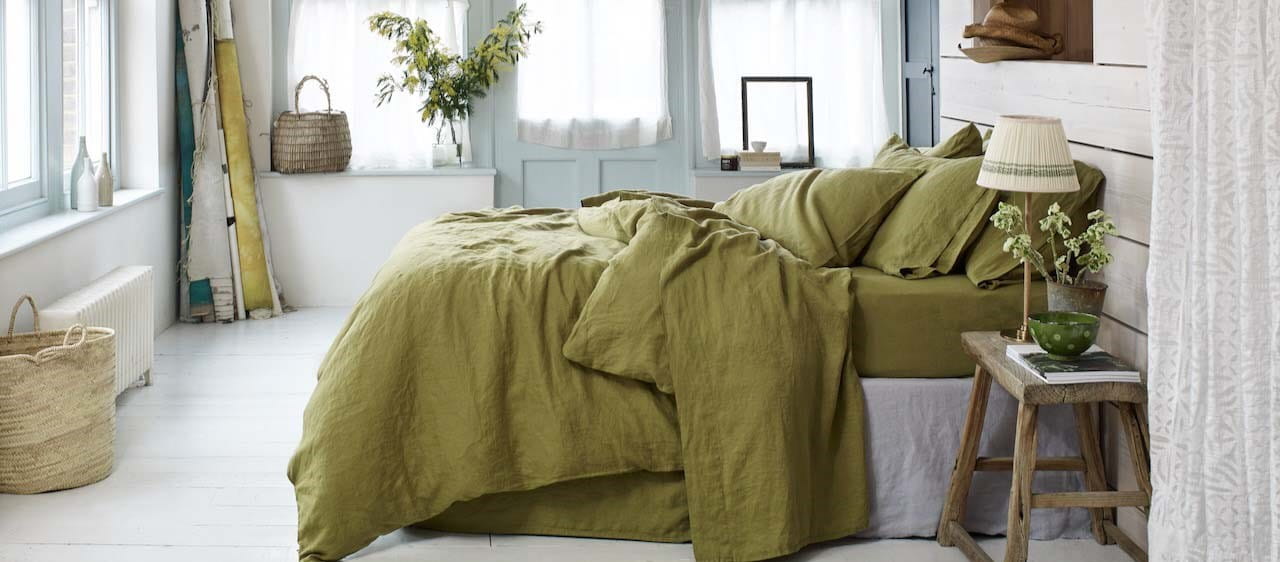

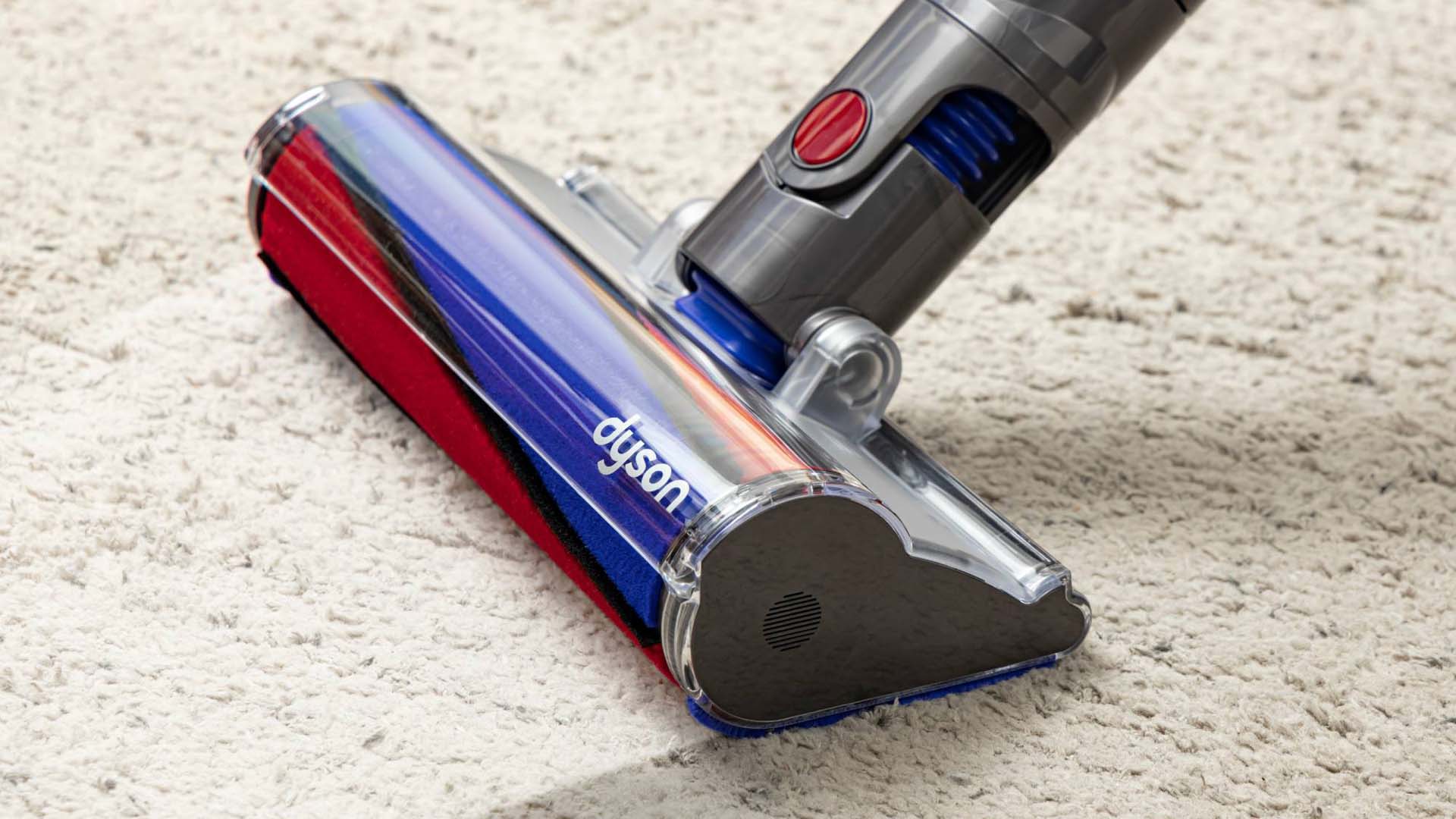
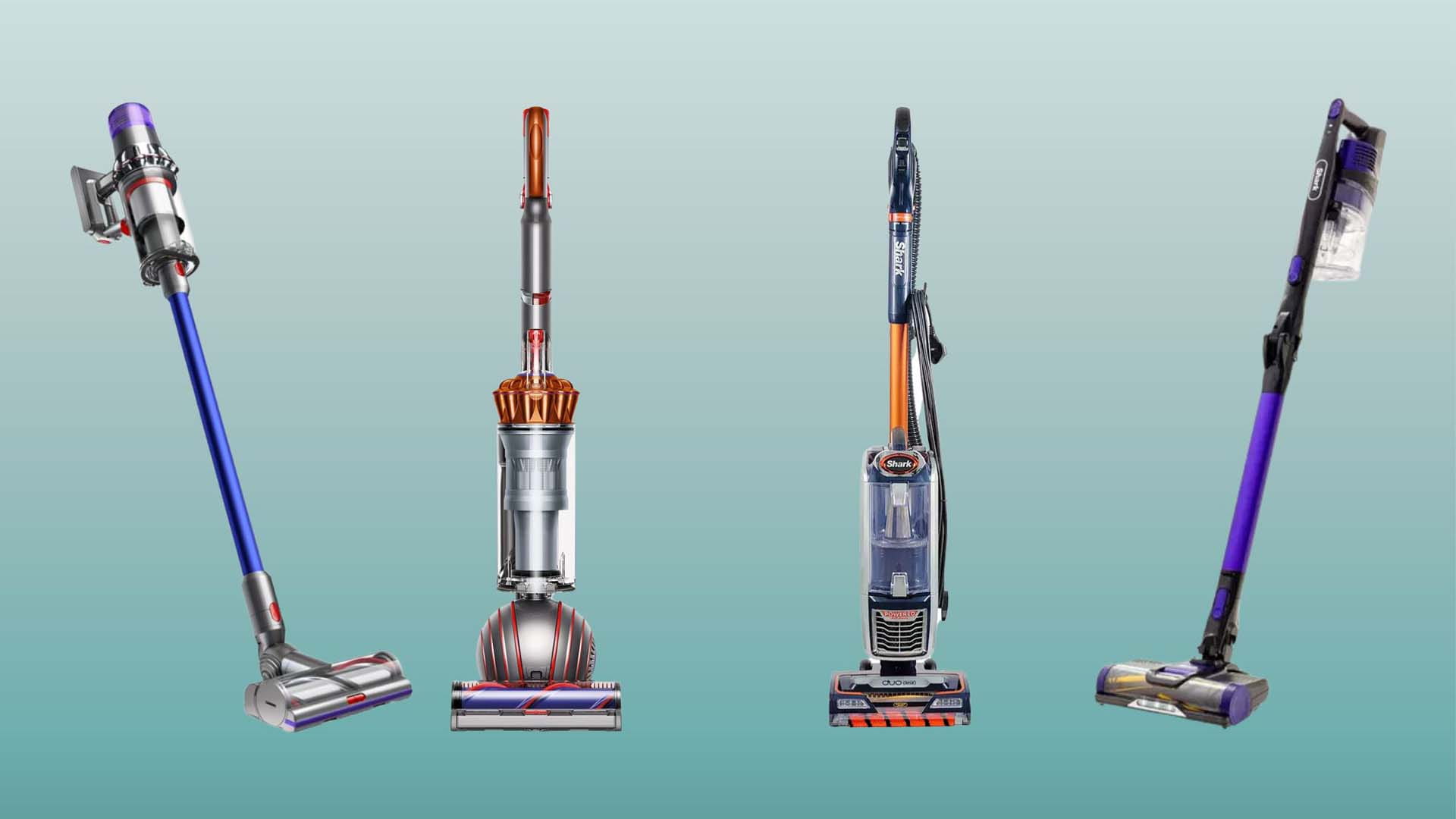
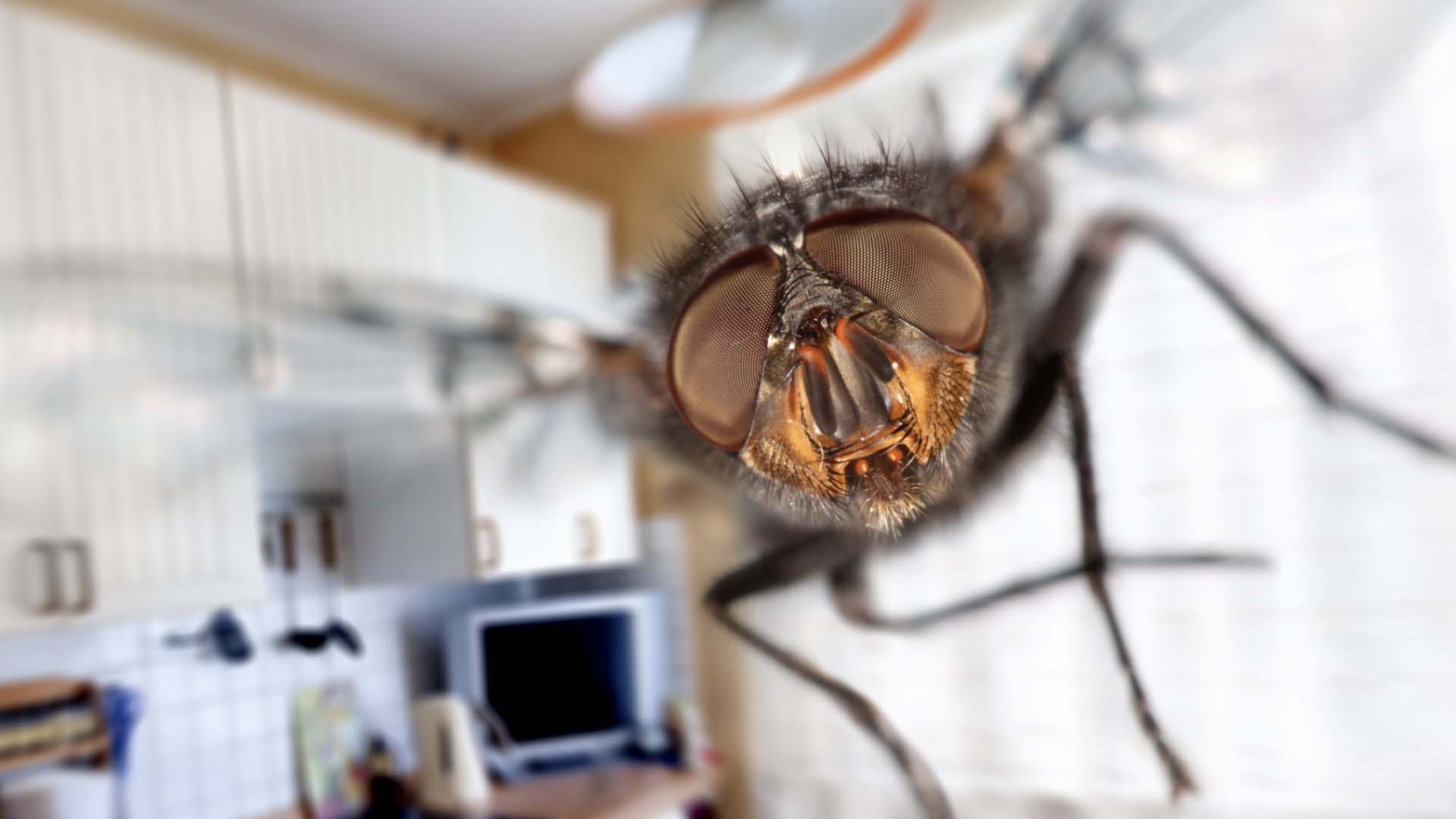


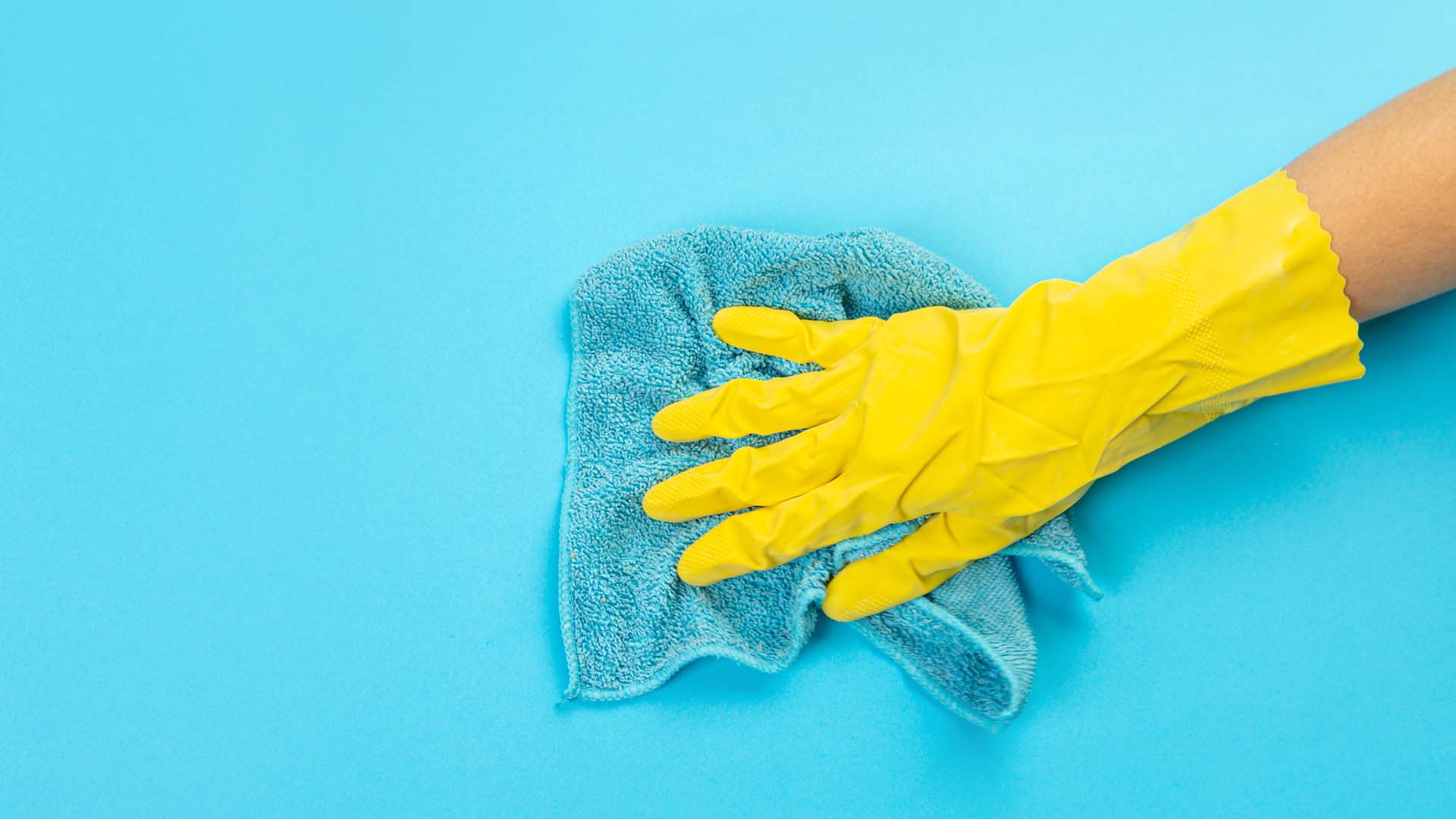

Create the perfect vista with our window cleaning tips.
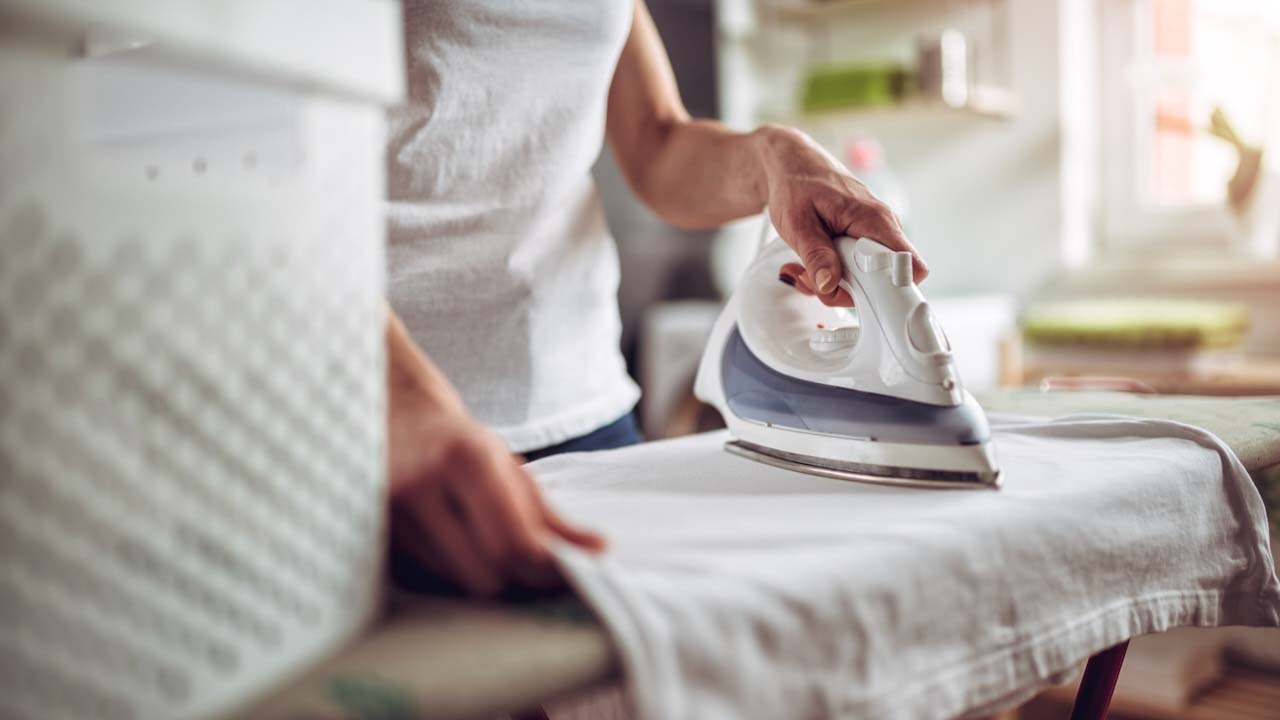
Because a scale-filled iron can ruin your clothes.